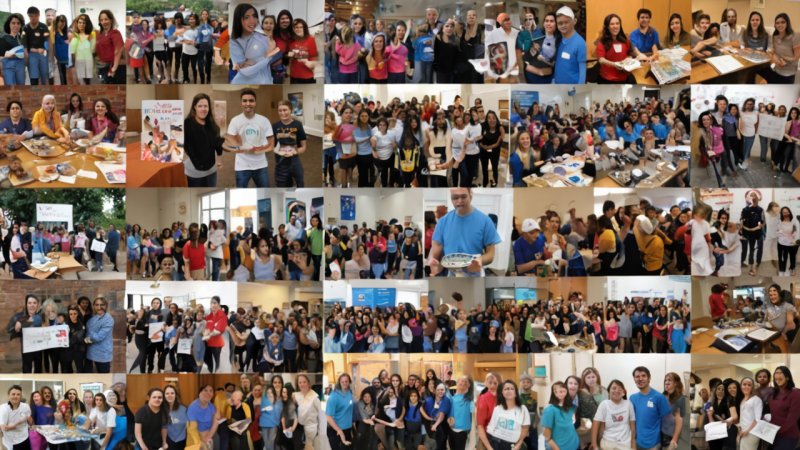Introduction
Deciding to volunteer abroad is an exciting adventure that can lead to personal growth, cultural immersion, and the chance to make a positive impact. However, one of the first decisions aspiring volunteers must make is whether to participate in a short-term or long-term volunteer program. Each option has its own set of advantages and considerations. In this article, we will explore common questions that arise when choosing between these two types of volunteer experiences.
What are the main differences between short-term and long-term volunteer programs?
Short-term volunteer programs typically last from a few days to a few months and often focus on immediate needs, such as disaster relief or seasonal projects. In contrast, long-term volunteer programs span several months to a year or more, allowing volunteers to engage in deeper, more sustainable projects that require ongoing commitment.
Which option is better for a first-time volunteer?
For first-time volunteers, short-term programs may be more suitable as they allow for a trial experience without a lengthy commitment. They provide an opportunity to test the waters, understand the volunteer environment, and assess personal motivations and skills before diving into a longer commitment.
How do I assess my time availability for volunteering?
Consider your personal and professional commitments, including work, school, and family obligations. If you have the flexibility to take a sabbatical or extended leave, a long-term program could be a rewarding option. Conversely, if you have limited free time, a short-term program may fit better into your schedule.
What kind of projects can I expect in each type of program?
Short-term programs often involve projects like summer camps, community outreach, or environmental clean-ups, focusing on immediate impact. Long-term programs, however, may include roles such as teaching English, conservation work, or healthcare initiatives, providing volunteers with the chance to see the long-term effects of their contributions.
What are the costs involved in short-term vs. long-term volunteering?
Generally, short-term programs may have higher per-week costs due to the intensive nature of the projects and the need for immediate resources. Long-term programs can sometimes offer lower costs on a monthly basis, as they may provide room and board in exchange for your work. Always research specific programs for a clear understanding of expenses.
How important is cultural immersion in my volunteer experience?
Cultural immersion can differ significantly between the two options. Short-term programs may offer limited cultural exposure due to their brief nature, while long-term programs allow volunteers to build deeper connections with the local community, language, and culture, enhancing the overall experience.
Can I make a meaningful impact in a short-term program?
Yes, it’s possible to make a meaningful impact in a short-term program. However, the nature of the impact may be more immediate and less sustainable compared to long-term programs, where volunteers can work on projects that require ongoing support and development.
How do I decide which program aligns with my personal goals and values?
Reflect on your motivations for volunteering. If you seek to make a quick impact or have limited time, a short-term program might be ideal. If you wish to develop skills, foster relationships, and contribute to lasting change, consider a long-term program. Align your choice with your personal goals and the issues you care about most.
Final Thoughts
Choosing between short-term and long-term volunteer programs ultimately depends on your individual circumstances, availability, and desired impact. Both options offer unique experiences that can enrich your life and the lives of those you serve. Take the time to reflect on what you hope to achieve, and you will find the right program for your journey.






